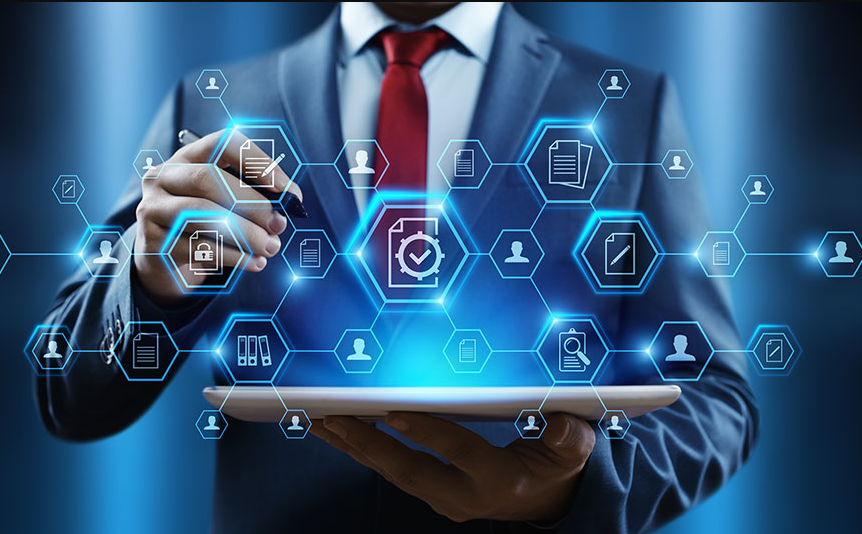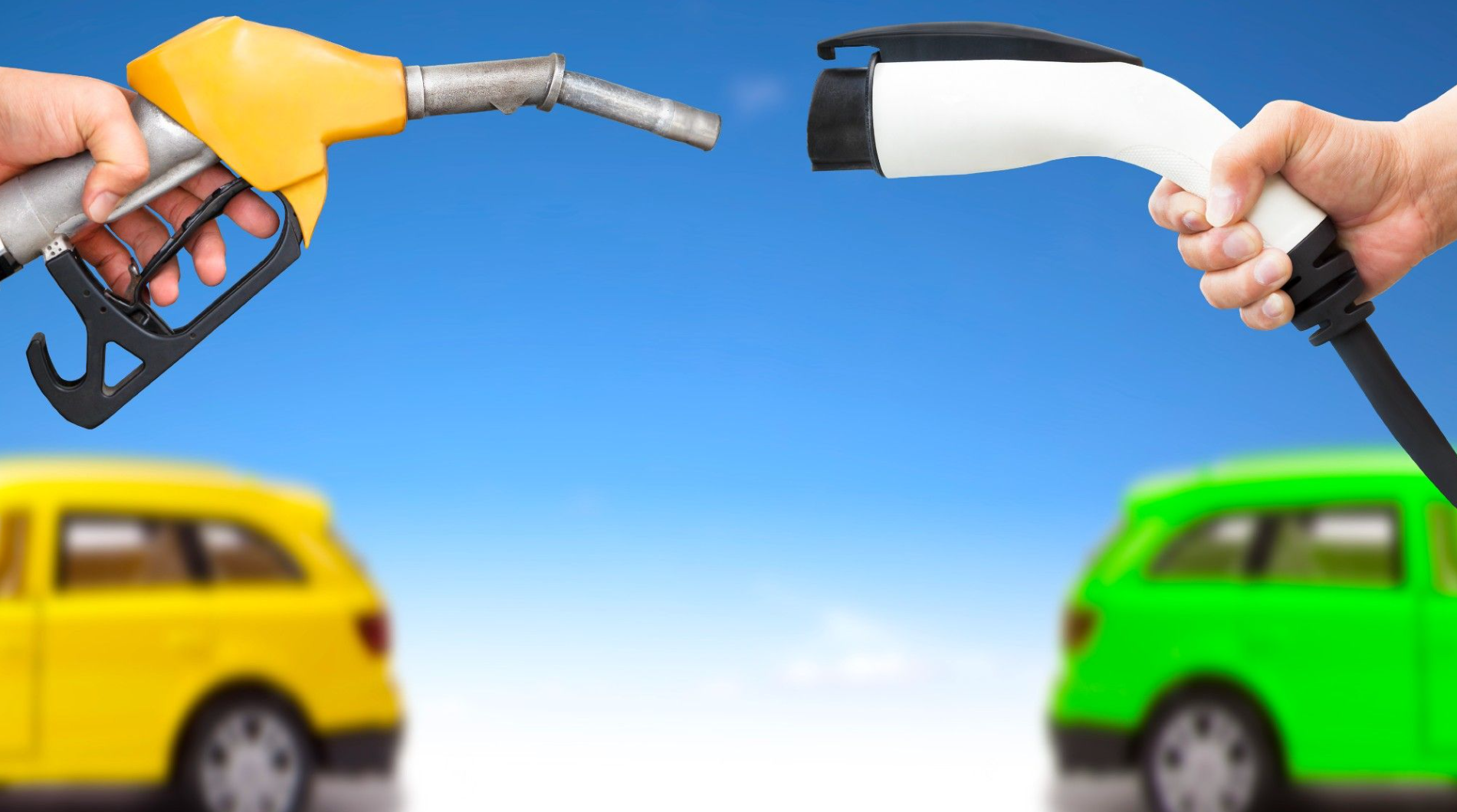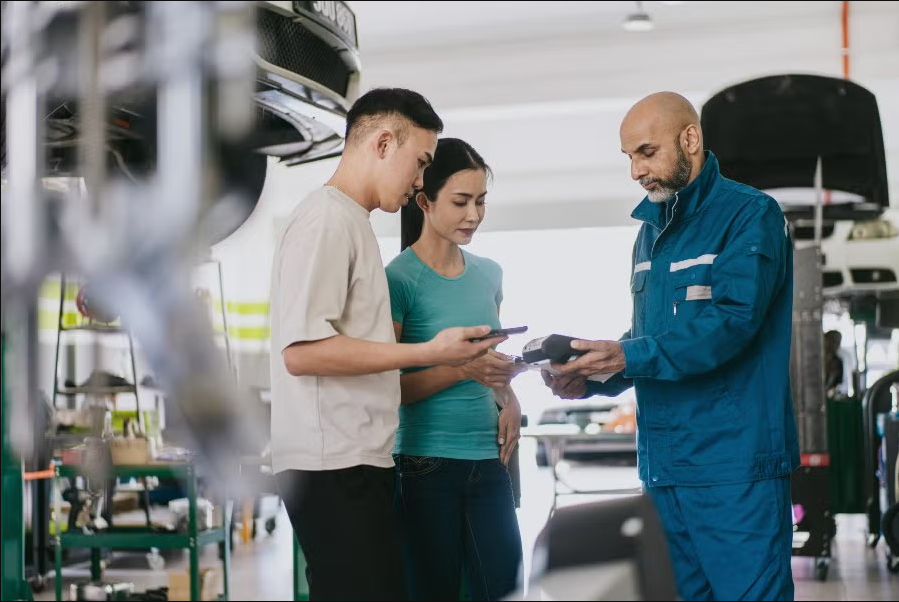How Smart Devices Are Making Everyday Life Easier
How Smart Devices Are Making Everyday Life Easier
Technology has rapidly transformed our daily routines, and at the heart of this revolution are smart devices. From waking up in the morning to turning off the lights at night, smart devices are simplifying tasks, improving efficiency, and enhancing comfort in ways that would have seemed impossible just a decade ago.
In 2025, smart technology is not just a trend—it’s a lifestyle. Let’s take a closer look at how smart devices are making everyday life easier, safer, and more connected.
What Are Smart Devices?
Smart devices are electronic gadgets that connect to the internet, allowing users to control them remotely, automate functions, and interact with other devices. They use sensors, data processing, and artificial intelligence to perform tasks that traditionally required manual input.
Common examples include:
- Smartphones
- Smartwatches
- Smart TVs
- Smart home assistants (like Amazon Echo or Google Nest)
- Smart appliances (refrigerators, ovens, washing machines)
- Smart security systems
- Smart thermostats and lighting
1. Smart Homes: Convenience at Your Fingertips
Smart home systems have become mainstream in 2025, offering automation and control that make daily life incredibly convenient.
Key Benefits:
- Remote Control: Control lights, thermostats, door locks, and appliances using a smartphone app.
- Voice Commands: Use voice assistants to play music, check the weather, or turn on lights hands-free.
- Scheduling: Automate routines like turning off lights at bedtime or starting the coffee maker every morning.
Real-Life Example:
You wake up, and your smart thermostat has already warmed the room to your preferred temperature. As you head to the kitchen, your coffee maker starts brewing. You say, “Good morning” to your smart speaker, and it responds with the news and your schedule.
2. Smart Devices Save Time and Boost Productivity
Time is one of the most valuable resources, and smart devices are excellent time-savers.
- Smartphones and Tablets: Enable fast communication, instant access to information, and mobile productivity tools.
- Wearables: Smartwatches and fitness trackers provide alerts, manage schedules, and monitor health—all from your wrist.
- AI Assistants: Automatically set reminders, send messages, or create to-do lists through voice commands.
Productivity Use Case:
Busy professionals use smart assistants to manage their calendars, dictate emails, and track goals—helping them stay on top of tasks with less effort.
3. Improving Health and Wellness
Smart health devices are transforming the way people monitor and manage their well-being.
Popular Smart Health Devices:
- Fitness trackers (e.g., Fitbit, Apple Watch): Monitor steps, heart rate, sleep patterns, and workouts.
- Smart scales: Track weight, body fat, and BMI with app connectivity.
- Medical devices: Smart blood pressure monitors, glucose monitors, and medication reminders improve health tracking at home.
How It Helps:
These devices provide real-time feedback, encourage healthier habits, and allow remote health monitoring—especially useful for seniors and those with chronic conditions.
4. Enhancing Home Security and Safety
One of the biggest impacts of smart devices is in improving security and peace of mind.
Top Smart Security Devices:
- Video doorbells (e.g., Ring, Nest Hello): See and talk to visitors from anywhere.
- Smart cameras: Monitor your home in real-time from a mobile device.
- Smart locks: Lock and unlock doors remotely.
- Motion sensors and alarms: Get alerts for unusual activity.
Real-Life Application:
If someone rings your doorbell while you’re at work, you can see them, talk to them, and even unlock the door for a trusted delivery—all from your phone.
5. Smarter Kitchens and Efficient Cooking
Cooking and managing kitchen tasks have never been easier thanks to smart kitchen gadgets.
Smart Kitchen Devices:
- Smart refrigerators: Track groceries, suggest recipes, and display shopping lists.
- Wi-Fi-enabled ovens: Preheat or adjust cooking temperatures remotely.
- Smart coffee makers and microwaves: Operate through voice or app commands.
How It Works:
Imagine asking your smart speaker to start preheating the oven as you finish your grocery shopping. Or checking if you have milk in the fridge from your phone while you’re at the store.
6. Entertainment Anytime, Anywhere
Smart entertainment devices have revolutionized how people consume content.
Key Devices:
- Smart TVs: Access streaming services, apps, and games through voice commands.
- Streaming devices (Roku, Apple TV, Amazon Fire Stick): Connect to any screen and stream content on demand.
- Wireless speakers: Play music across rooms with multi-device sync.
Enhanced Experience:
You can walk into your home and say, “Play my relaxing playlist,” and your smart speakers respond immediately. Or you can watch your favorite shows with a simple voice request—no remote needed.
7. Smart Transportation and Navigation
Commuting and travel are also easier thanks to smart technology.
Examples:
- Smart cars: Offer GPS navigation, voice control, driver assistance, and parking alerts.
- Electric scooters and bikes: Connect to apps for navigation, battery levels, and location tracking.
- Smart traffic apps: Suggest faster routes and track real-time traffic updates.
Practical Benefits:
Drivers receive alerts about traffic jams, weather conditions, or even tire pressure—all from their dashboards or smartphones.
8. Eco-Friendly and Energy-Efficient Living
Smart devices are not only convenient—they’re also helping people reduce energy consumption and live more sustainably.
Eco-Friendly Tech:
- Smart thermostats (e.g., Nest, Ecobee): Learn your habits and adjust heating/cooling to save energy.
- Smart lights: Turn off automatically when not in use, adjust brightness, and use energy-efficient LEDs.
- Smart plugs: Cut power to idle devices, helping save on electric bills.
Outcome:
In 2025, homeowners can track their energy use in real time, receive reports, and make smarter choices to reduce their carbon footprint.
9. Helping the Elderly and People with Disabilities
Smart devices offer greater independence and safety for elderly individuals and those with disabilities.
How It Helps:
- Voice assistants for those with mobility issues.
- Fall detection wearables that alert emergency contacts.
- Smart pill dispensers to manage medication schedules.
- Remote monitoring so caregivers can check in on loved ones.
This technology provides both users and their families peace of mind, knowing help is always within reach.
Final Thoughts
Smart devices are no longer a luxury—they’re an essential part of modern life. By simplifying tasks, saving time, enhancing safety, and improving health, these technologies are truly making everyday living easier, more comfortable, and more efficient.
Whether you’re managing a household, working remotely, tracking your health, or simply looking for convenience, there’s likely a smart device designed to help. As innovation continues, we can only expect these technologies to become even more intuitive, integrated, and indispensable.










